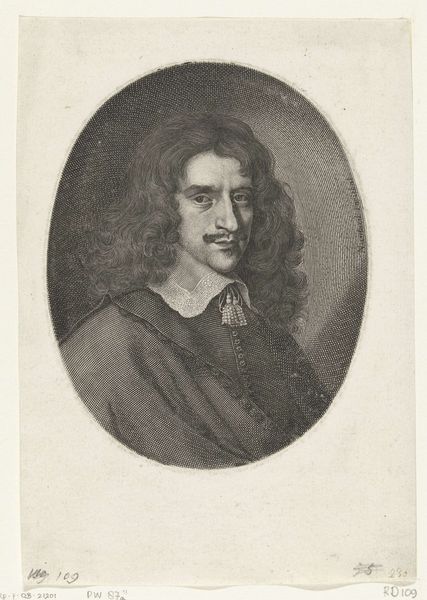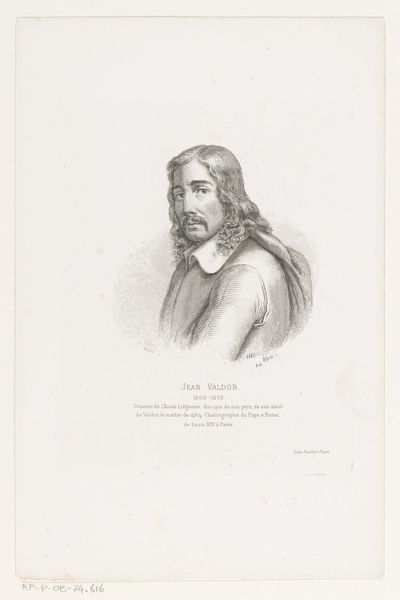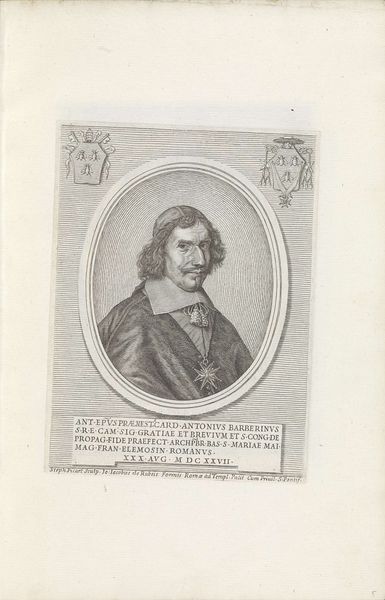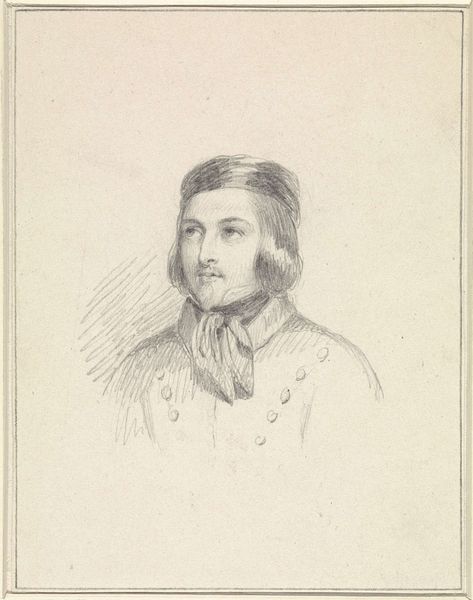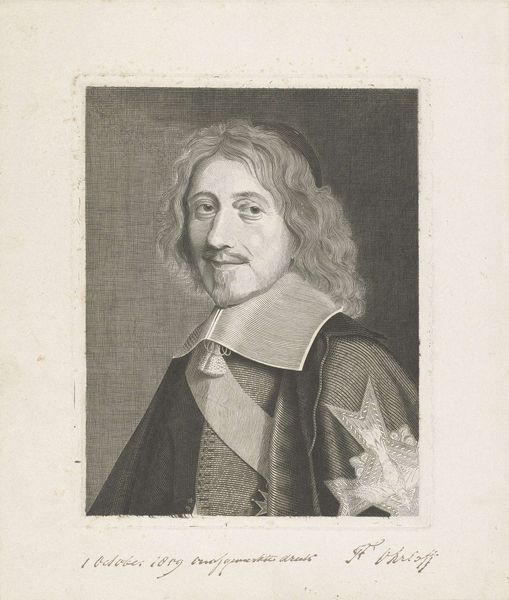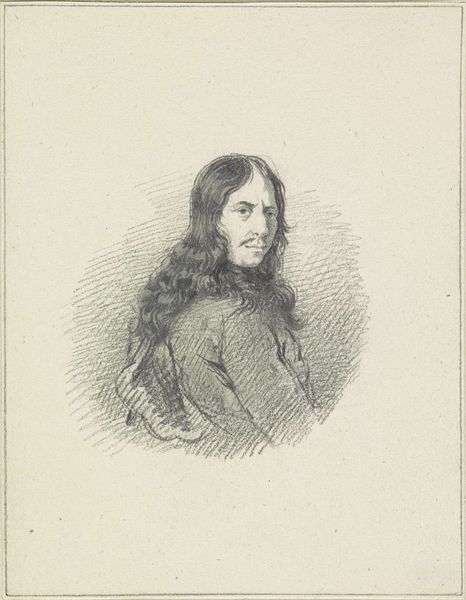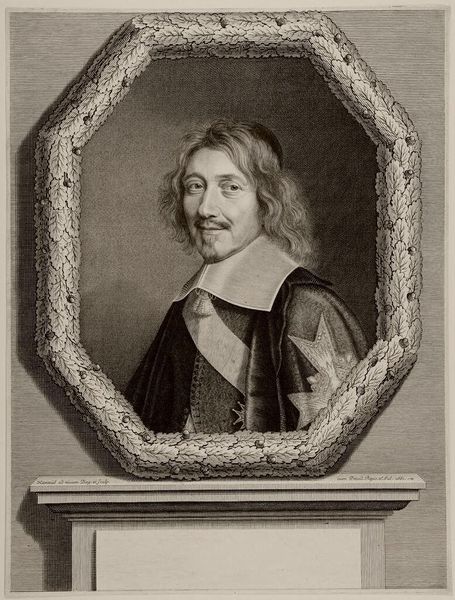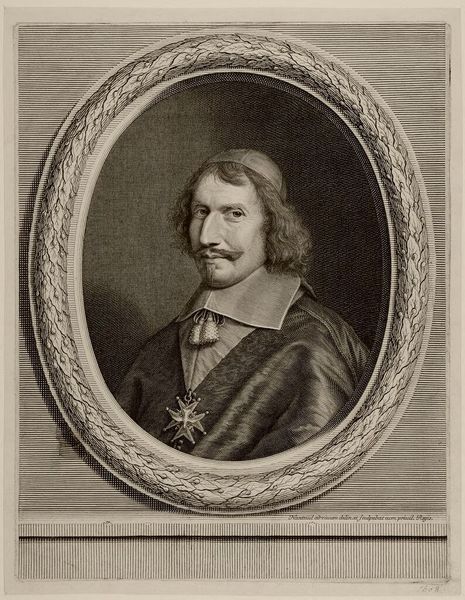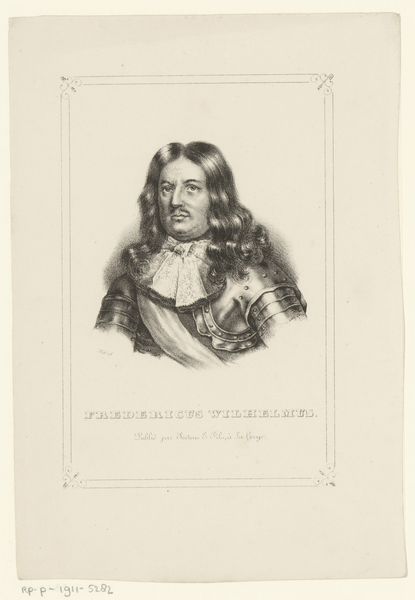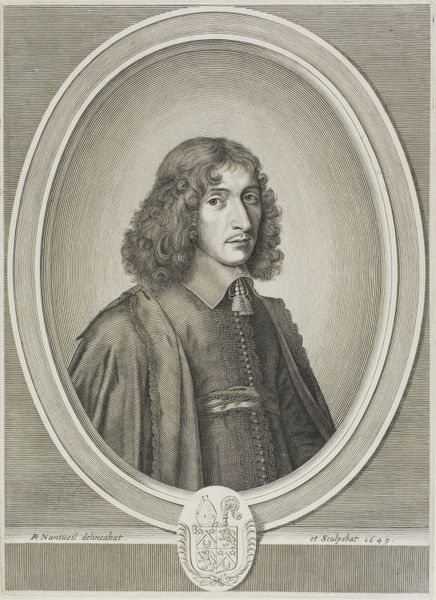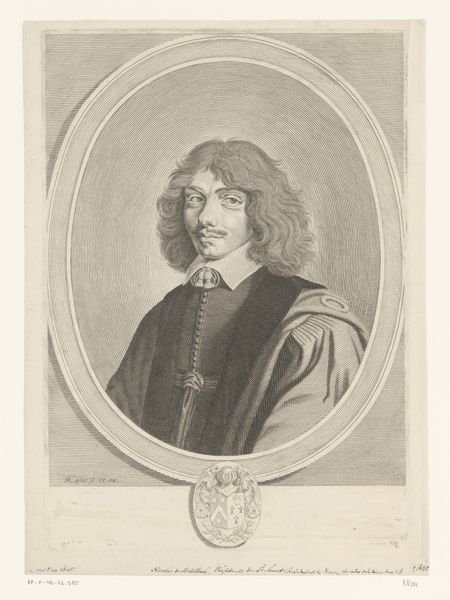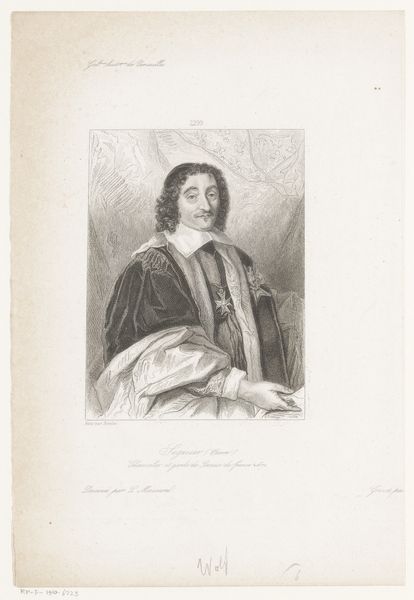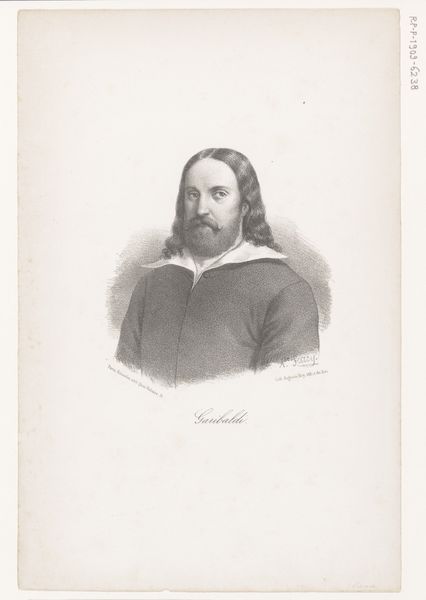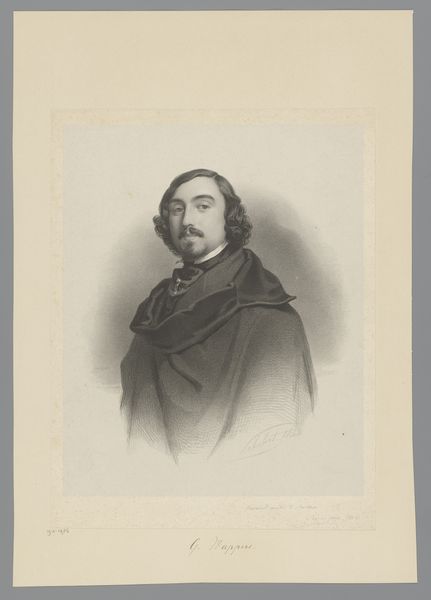
drawing, pencil, charcoal
#
portrait
#
drawing
#
classical-realism
#
charcoal drawing
#
pencil drawing
#
pencil
#
portrait drawing
#
charcoal
Copyright: Public domain
Curator: Let's consider this captivating piece, "Dibujo. Caballero," attributed to Rosario Weiss Zorrilla. The portrait, skillfully rendered in pencil and charcoal, offers an intimate glimpse into the sitter. Editor: There's a delicate softness to the drawing, almost melancholic. The contrast is muted; the gaze of the subject draws you in. One is struck by how the work emphasizes internal reflection, a pensive moment caught on paper. Curator: The artist employs subtle hatching techniques to build up tone, focusing attention on the face and allowing the clothing to fall away into suggestive shadows. Look closely at the detailed treatment of the hair, those expressive eyes, that bold mustache – it creates a wonderful textural richness. Editor: The work's effectiveness speaks volumes about the artistic milieu that likely constrained Weiss, who has generally been known as a female copyist. Yet it could be seen as a bold self-assertion – she depicts a man, typically the active subject of paintings, in a position of vulnerability and introspection which flips conventional expectations. How fascinating that a woman in a restrictive society explored the nuances of male emotion! Curator: That contextual reading certainly adds another layer. Considering the work in terms of its pure graphic elements, I am struck by its exquisite balance of form. The artist balances light and dark, the precise and the blurred, the particular and the general, leading to a very self-contained and compelling image. Editor: Yes, but those compositional elements are only half the story. By viewing such drawings through the lens of gender and artistic constraint, we begin to discern a far richer commentary. This invites us to reconsider the assumed authority in portraiture and the quiet rebellions that can unfold within art historical canons. Curator: Indeed. Looking at the formal qualities of the artwork illuminates the mastery embedded in Rosario Weiss's technical approach, but it is by intersecting this examination with social and artistic limitations of the period that we encounter a deeply resonant and important cultural statement. Editor: Ultimately, this allows for an appreciation of how cultural dialogue has always lived with art.
Comments
No comments
Be the first to comment and join the conversation on the ultimate creative platform.
